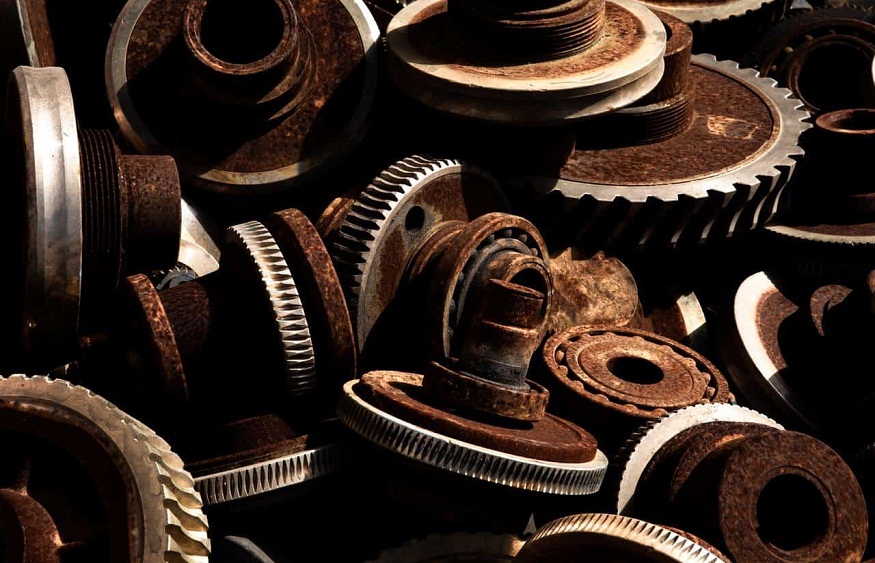Recycling base metals is essential to resource conservation and sustainable waste management. The process of base metal recycling turns waste materials into useful resources, starting with the collecting of scrap metal and continuing through processing and reuse. This essay will examine the whole base metal recycling process, from waste collecting to recovered metal manufacturing. It will emphasise the financial and environmental advantages that are realised along the route.
1. Gathering of Scrap Metals
Gathering scrap metal from different sources is the first step in the base metal recycling process. Scrap metal can be made from various materials, such as abandoned home goods, construction trash, manufacturing waste, and end-of-life products. Scrapyards, recycling facilities, and scrap metal collectors buy and gather scrap metal from companies, people, and sectors.
2. Grouping and Dividing
Scrap metal is gathered and then sorted and segregated to separate various metals and alloys. This step is essential to guarantee the quality and purity of recycled metals. Steel, aluminium, copper, brass, and other ferrous and non-ferrous metals are identified and separated using magnetic separators, eddy current separators, and hand-sorting techniques.
3. Reduction and Arrangement
After sorting, scrap metal is treated and made ready for recycling. Depending on its size and shape, scrap metal can be crushed, sheared, or shredded into smaller pieces to increase its surface area and make melting easier. Metals, including paint, plastic, and rubber, are cleaned and preprocessed to eliminate non-metallic impurities.
4. Refining and Melting
After being treated, the scrap metal is melted in a furnace to create molten metal. Any leftover impurities are eliminated during the melting process, and the metal is refined to increase its purity and quality. To attain the appropriate composition and qualities of the metal, refining procedures, including fluxing, degassing, and alloying, are utilised.
5. Moulding and Forming
The molten metal is purified and then cast into bars, ingots, or other forms for use in manufacturing. Melted metal is poured into moulds during the casting process, where it is allowed to harden. Rolling, extrusion, and forging are other methods of processing recycled metals to create finished goods with precise measurements and characteristics.
6. End-Use Applications and Reuse
Recycled base metals are employed in several end-use applications across numerous sectors. Common applications for copper, aluminium, and steel include consumer items, plumbing, electrical wiring, automobile manufacture, and packaging. Manufacturers help sustainable manufacturing methods and lessen their environmental impact by switching to recycled metals from virgin resources.
7. Economic and Environmental Advantages
Recycling base metals has major positive effects on the environment and the economy. When compared to primary metal production, recycling metals minimises waste, conserves natural resources, uses less energy, and emits fewer greenhouse gases. Furthermore, recycling boosts local economies by generating income and jobs and providing a consistent supply of resources for manufacturing and other industries.
Conclusion
Scrap metal is turned into usable resources through the base metal recycling process, which supports resource conservation and sustainable waste management. Every stage of the process, from gathering and classifying junk to melting, purifying, and reusing recycled metals, is vital to minimising the negative effects on the environment and fostering economic development. We can provide future generations with a more sustainable future if we embrace base metal recycling.

